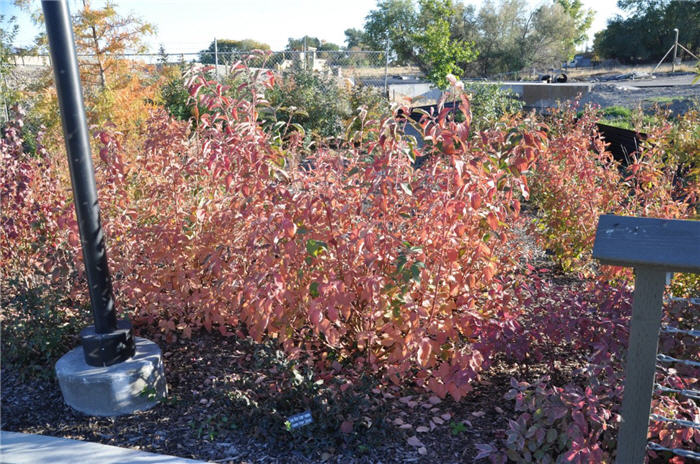| Botanical Name: Euonymus fortunei 'Coloratus' | |
| Common Name: Purpleleaf Wintercreeper |

-
Anatomy
-
Culture
-
Design
Plant Type
Broadleaf Evergreen, Ground cover, Vine
Height Range
1-3'
Flower Color
n/a
Flower Season
n/a
Leaf Color
Bronze, Dark Green, Purple
Bark Color
Brown, Grey
Fruit Color
n/a
Fruit Season
n/a
Sun
Full, Half
Water
Low
Growth Rate
Fast, Moderate
Soil Type
Sandy, Clay, Loam, Rocky
Soil Condition
Average, Rich, Well-drained, Dry
Soil pH
Acid, Neutral, Basic
Adverse Factors
Invasive
Design Styles
English Cottage, Japanese, Meadow, Mediterranean, Tropical, Woodland
Accenting Features
Fall Color
Seasonal Interest
Winter, Spring, Summer, Fall
Location Uses
Shrub Border, Foundation, Parking Strip, Walls / Fences
Special Uses
Cascade, Erosion Control, Mass Planting, Naturalizing
Attracts Wildlife
n/a
Information by: Stephanie Duer
Photographer: Connon Nursery
Photographer: Connon Nursery
-
Description
-
Notes
The toughest of the E. fortunei, Purpleleaf Wintercreeper has an ivy-like habit that makes it an outstanding groundcover. It has a spreading, mounding habit that undulates over the ground, trails over rocks or walls, or climbs walls with little clinging roots. It has deep green foliage that turns a rich plum color in the fall. It frequently holds its foliage all winter, but sometimes not, though is generally thought of as evergreen. Moderate grower to about 2 feet tall and 6 to 8 feet wide. The groundcover on the north side of the Main library (just west of the driveway) is purpleleaf wintercreeper.
Plant in sun to mostly shade, in loamy, well draining soil. Rarely requires pruning, though cutting it back can renovate the growth and encourage it to be more dense. It can become invasive, though at a rather slow pace, so avoid its use along riparian corridors where it will out grow native ground covers.